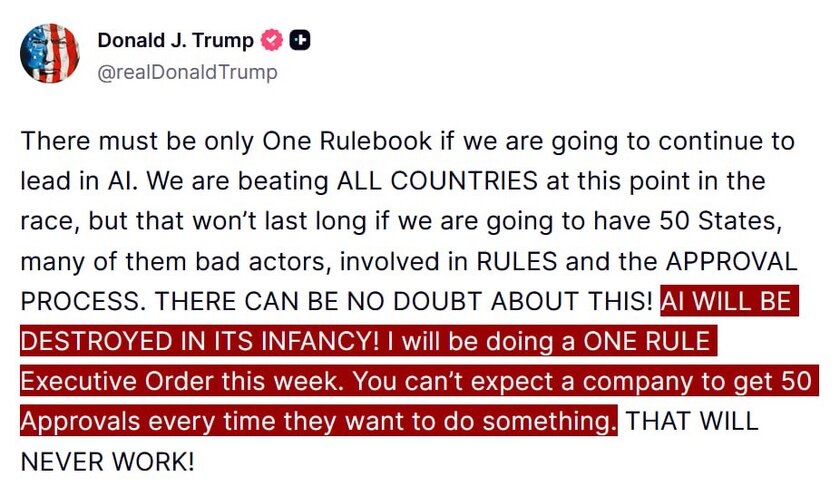EIB: What needs to happen for tokenized bonds to get traction?
The European Investment Bank (EIB) has been at the forefront of innovation as an issuer of some of the first tokenized bonds. So far, it has issued three digital bonds on different platforms, with another two planned this year. Xavier Leroy, the funding officer in charge of the blockchain issuances at the EIB, identified a key issue as a lack of mainstream custodians that support digital assets.
Investors want to use their conventional custodian relationships, so they won’t invest if the custodian can’t handle the digital asset.
Custody as the key to digital bonds
An example is Germany’s DZ Bank, where its custody work has been primarily driven by its client Union Investment, one the largest German asset managers that invested in the two EIB Euro digital bond issuances, buying the entire amount of the first €100m issuance.
“In order to have liquidity, you need to have many investors,” said Leroy talking yesterday during an AFME webinar.
He sees the custody issue as far more pressing than secondary market trading, given most bond trading is over the counter. The secondary market trading aspect will be explored as part of the EU’s DLT Pilot Regime.
Tokenized bond benefits
Leroy has previously outlined the potential benefits of digital bonds as being safer, cheaper, programmable, and lower barriers to entry for smaller issuers. This latter point is one of the objectives of the EIB, but we’re not there yet. Its first euro bond issuance took two years. The second one took another two years despite working with the same group of banks. The aim is for this experience to lower the friction for others eventually. It’s still very early days.
Is blockchain needed?
However, during a City Week event two weeks ago, Leroy asked whether the use of blockchain benefits digital bonds. From an issuer’s perspective, his reservations need exploring because each participant in the ecosystem needs to be incentivized.
The most likely incentives for issuers will be when investors demand tokenization, as investors are one of the parties to reap the most benefits, particularly for collateral mobility. Asset managers can use blockchain to address the frictions of fund administration and distribution. And they are starting to explore tokenization not just of fund units but also the underlying assets.
“I think people should reflect on why do you need blockchain? And that’s where we stand at the moment in our reflections,” said Leroy. He believes blockchain makes the most sense if you don’t trust people. However, he explored the intermediaries in the bond process and was unconvinced about the potential for disintermediation.
One party that could be disintermediated is the investment bank, but the EIB wants them involved, particularly for compliance. “If you start being directly in touch with the investors, you need to be on top of everything,” said Leroy. “Anything that could go wrong from an AML, KYC point of view, it’s on you. And we don’t want that.”
He’s also happy to outsource the risks of market making to dealers, and most jurisdictions require custodians. This leaves the central securities depositaries (CSDs), which were disintermediated in the EIB issuances. Given the CSDs economies of scale, he is not convinced about the economics of that disintermediation.
He said issuance costs for the digital bonds were around the same for conventional bonds, but legal costs were far higher. In both cases, that’s with bleeding edge issuances.
Leroy doesn’t see the benefits of faster settlement as he argued that complex instruments still need legal documentation, which takes a few days to draft. That delays settlement anyways. Goldman Sachs’ Mathew McDermott argues it is not so much the speed of settlement but the ability to precisely specify when the payment has to be made that is the real benefit.
Other issuers are more upbeat
One of the other big digital bond issuers this year has been Siemens which issued a €60 million bond. Siemens’ Ramin Ghafari, spoke of the benefits at an event in March, with the company showing a preference for public blockchain.
The EIB’s Leroy, which has used public and permissioned blockchains, was a little on the fence. He pointed out that because the bonds are regulated, the public blockchain issuance had to go via a gatekeeper used as a registrar, which is quite different from an unregulated issuance. So it was not a simple public blockchain issuance. The EIB might prefer public blockchain as an institution, but private blockchains are far easier to work with, particularly for compliance.
Meanwhile, Societe Generale’s platform was used for the initial EIB public blockchain issuance. Goldman Sachs’ DAP solution was used for the second EIB issuance and HSBC’s Orion for the third one. McDermott and HSBC’s John O’Neill were unsurprisingly bullish on digital bonds during the AFME event. They see the key areas that need addressing to unlock the benefits of digital bonds as the integration or custodians, enabling secondary markets, digital money available on-chain, and regulatory clarity.
https://www.ledgerinsights.com/eib-what-needs-to-happen-for-tokenized-bonds-to-get-traction/





























